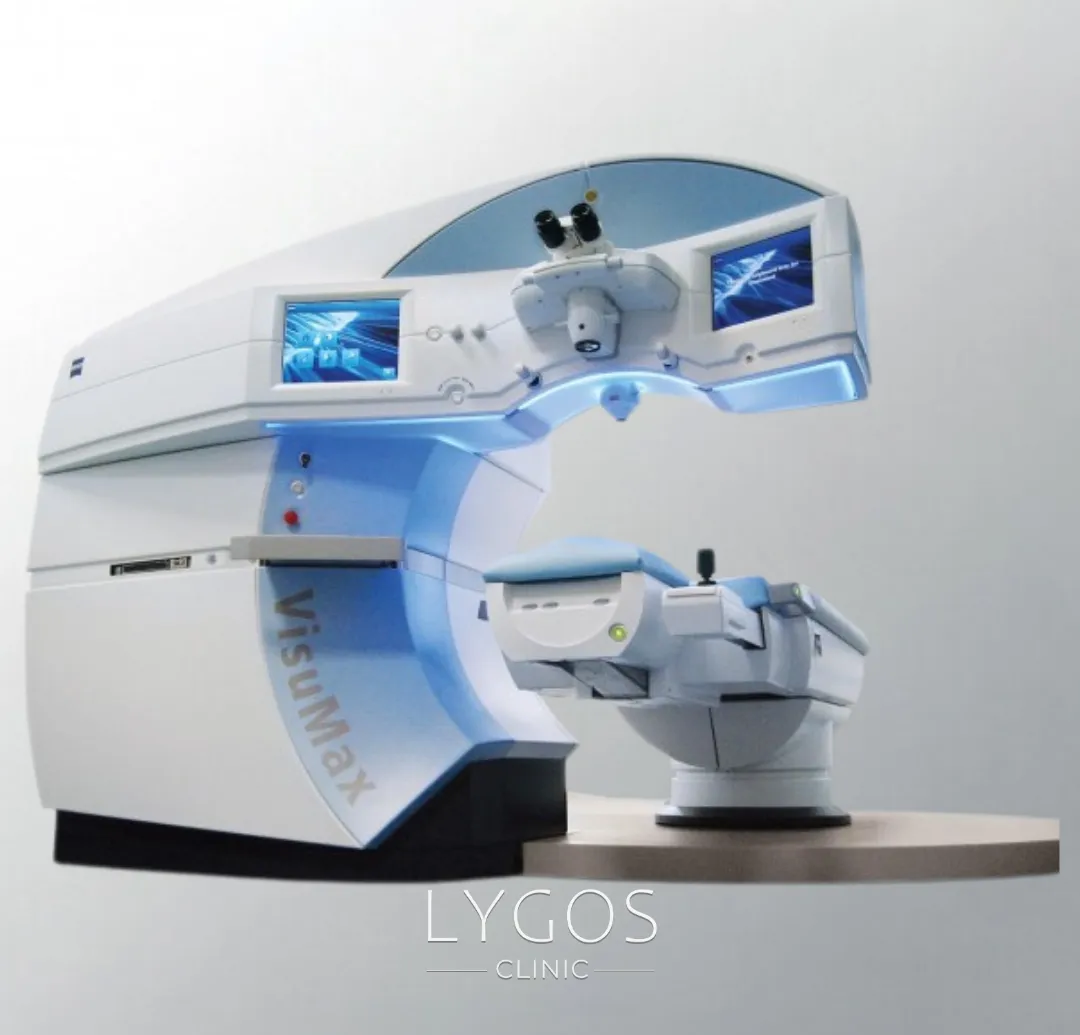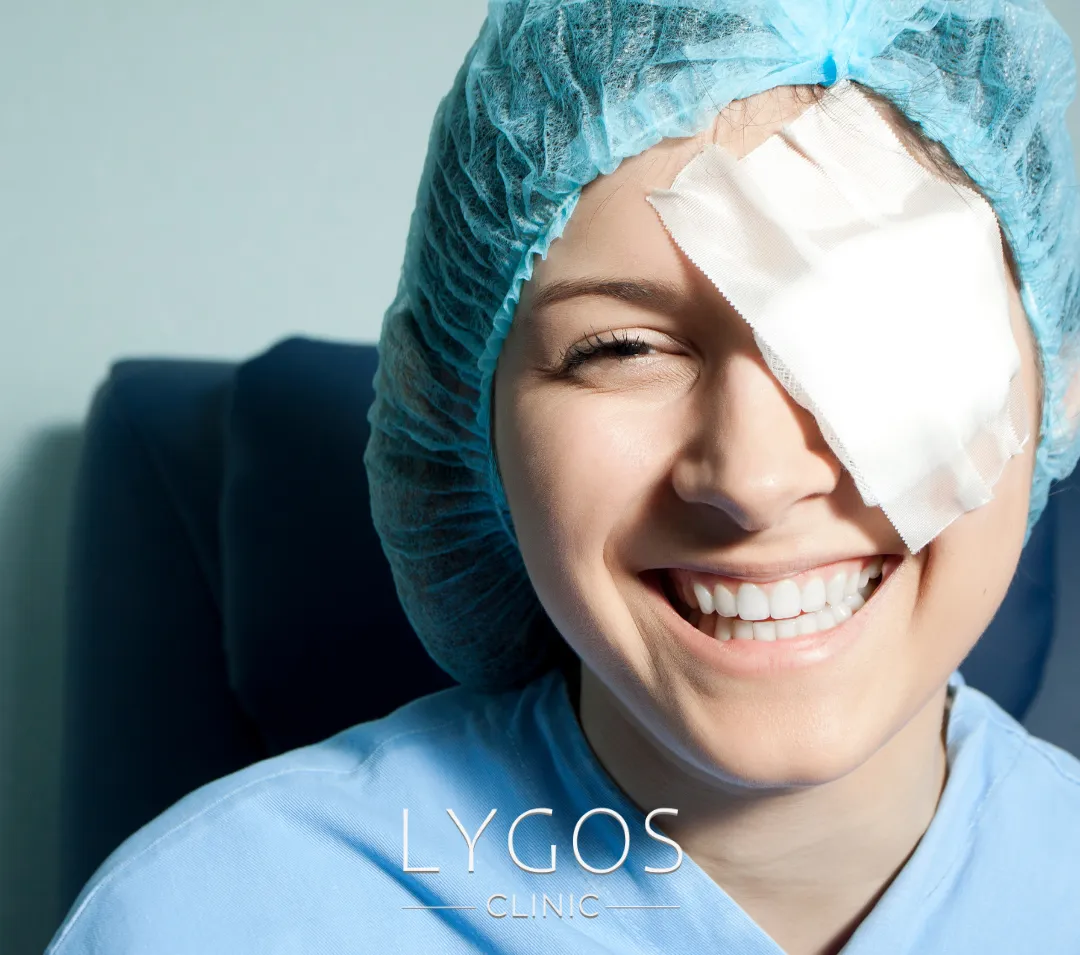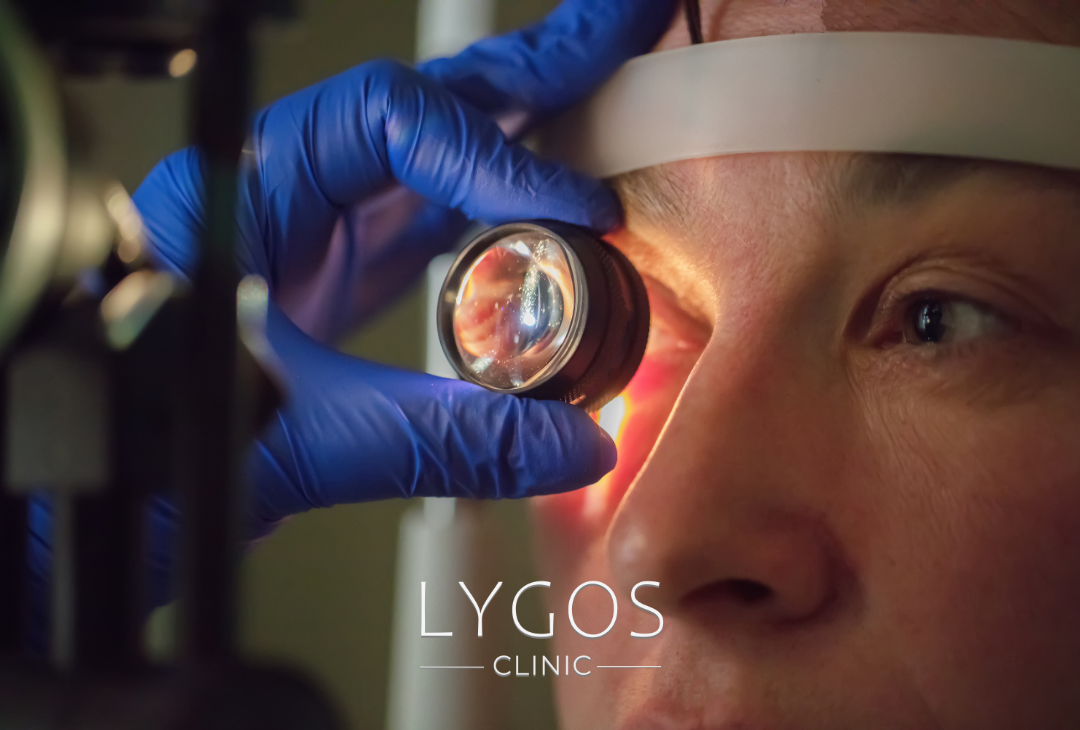What is SMILE Eye Surgery?
When problems occur at any stage of this process, visual defects such as myopia or hyperopia occur. Laser treatment is widely used in the treatment of visual defects. Smile laser technology, which stands for Small Incision Lenticule Extraction, is a relatively new treatment option compared to LASIK and LASEK. Smile eye surgery provides an effective and safe solution for myopic patients by offering less corneal tissue damage and a faster healing process.
Get a Free Consultation
Choose Your Topics

How is SMILE Eye Surgery Performed?
SMILE eye surgery was approved by the FDA in 2016. Since then, it has been widely used to treat vision defects, especially myopia and astigmatism. This surgery corrects vision problems by ensuring that light is refracted correctly in the cornea. Requiring less surgical intervention than LASIK, smile treatment helps most patients to get rid of glasses and lenses. As with all laser operations, the cornea is treated in smile eye surgery.
The smile method is performed using femtosecond laser technology, which means that laser technology that can pulse in a very short time during the operation is activated. In the LASIK method, a small flap (flap) is created in the front part of the cornea and removed, whereas in the smile method, there is no need to open a flap. Instead, a small incision is made on the anterior surface of the cornea using a femtosecond laser.
Then, small incisions are made in the deeper layers of the cornea and on the side. Through these incisions, tissue called lenticules is removed and the refractive error in the cornea is corrected. SMILE eye surgery is characterized by its minimally invasive nature and rapid healing process. With this method, patients usually experience less discomfort and can quickly return to their daily lives. Smile treatment offers a reliable and effective solution for people with visual defects such as myopia and astigmatism.
Who is Suitable for SMILE Eye Surgery?
- SMILE eye surgery is suitable for people aged 18 and over.
- It is an ideal option for people whose glasses prescription has not changed in the last year.
- Patients with myopia between -1 and -10 degrees and astigmatism below 3 degrees may prefer this method.
- People who do not have any other eye disease can have SMILE eye surgery.
What are the Risks of SMILE Eye Surgery?
- Complaints such as pain and stinging may occur after a while after the effect of local anesthesia wears off.
- Problems such as redness and bleeding may occur at the incision site.
- In rare cases, the operation may need to be repeated.
- Smile laser is generally used to treat myopia and astigmatism problems. It may not be suitable for hypermetropic correction.
- The eye tracking system found in the excimer laser systems is not available in the smile laser. This may be a disadvantage especially for patients with high astigmatism.
- The patient begins to see more clearly after the procedure.
Relex SMILE Eye Surgery
Relex SMILE eye surgery is a 3rd generation laser refractive surgery method used to correct visual disturbances in the eyes. This modern application is performed with femtosecond laser technology. In this way, it stands out as an effective option in the treatment of eye diseases.
Relex SMILE eye surgery achieves successful results for patients with myopia up to -10 degrees and astigmatism up to -5 degrees. This method, which has FDA approval, should be applied by a specialized surgeon. Relex SMILE eye surgery is performed using a femtosecond laser to create a lens-like tissue in the cornea. During the procedure, a small arc-shaped incision is made on the corneal surface.
From here, the tiny lenticule is removed and the vision problem is treated. During Relex SMILE eye surgery, an average 2 mm incision is made. This provides a smaller incision compared to the lasik method. In this way, the healing process after treatment is faster and safer. Relex SMILE laser treatment causes less discomfort such as stinging and burning sensation compared to other laser treatment methods. At the same time, it offers a comfortable healing process. Therefore, it can be preferred as an effective and reliable alternative for individuals with visual impairment.

SMILE Eye Surgery Results

Recovery Process After SMILE Eye Surgery
The healing process after SMILE eye surgery takes place faster than other methods. During this process, following the ophthalmologist’s recommendations can make the recovery more comfortable. There may be a slight stinging sensation in the eye after surgery.
This is perfectly normal and is usually expected to disappear within a few hours. Due to the intervention in the cornea layer during the procedure, it is recommended that patients have a companion with them. During the healing process after SMILE eye surgery, it is important not to wash the eyes with water or rub them for the first 24 hours. The ophthalmologist may prescribe eye drops to support healing.
Regular use of these drops will help moisturize the eyes and protect them from irritation. Patients can return to work and resume normal daily activities a few days after the procedure. However, it is recommended to avoid heavy exercise for a few weeks to protect the eyes. These precautions are very important to speed up the healing process and reduce the risk of complications.
SMILE Eye Surgery Costs
SMILE eye surgery costs vary according to the needs of the patient. The size of the area to be treated and the quality of the equipment to be used are reflected in the costs. Therefore, it may be misleading to give a clear figure about SMILE eye surgery costs.
Apart from the details above, SMILE eye surgery costs are also affected by the doctors. The cost of the procedure performed by an expert and well-equipped surgeon can be expected to be higher. However, it should not be forgotten that surgeries performed by experienced doctors are more successful.

Frequently Asked Questions About Smile Eye Surgery
BLOG

Is Breathing Through the Mouth Harmful?
Chose Your Topic Is Breathing Through the Mouth Harmful? Breathing is one of the most fundamental needs of life. However,

Does Rice Water Make Hair Grow? | Benefits of Rice Water
Chose Your Topic Does Rice Water Make Hair Grow? Natural methods in hair care have become quite popular in recent

Breast Lump | Types: Benign, Malign and Causes | LYGOS 2025
Breast Lump While cancer stands out as one of the most common health problems today, early diagnosis rates are also





